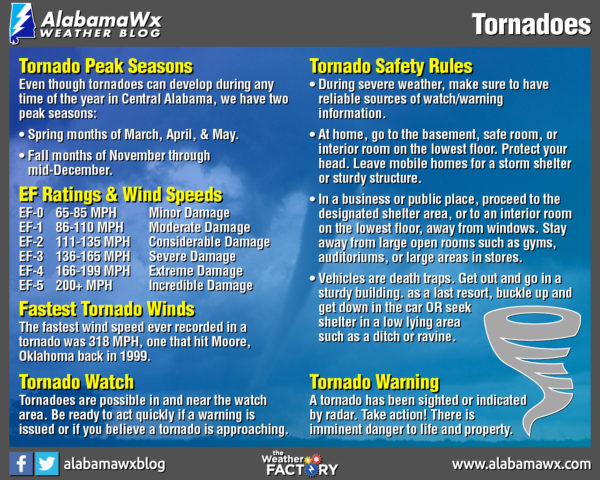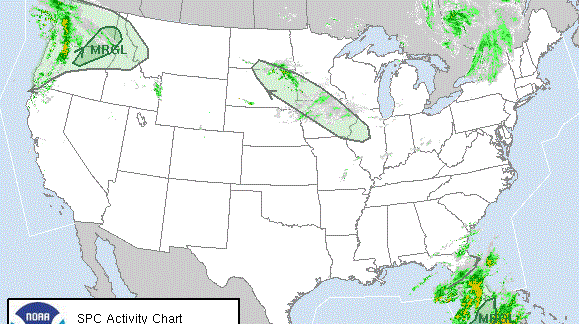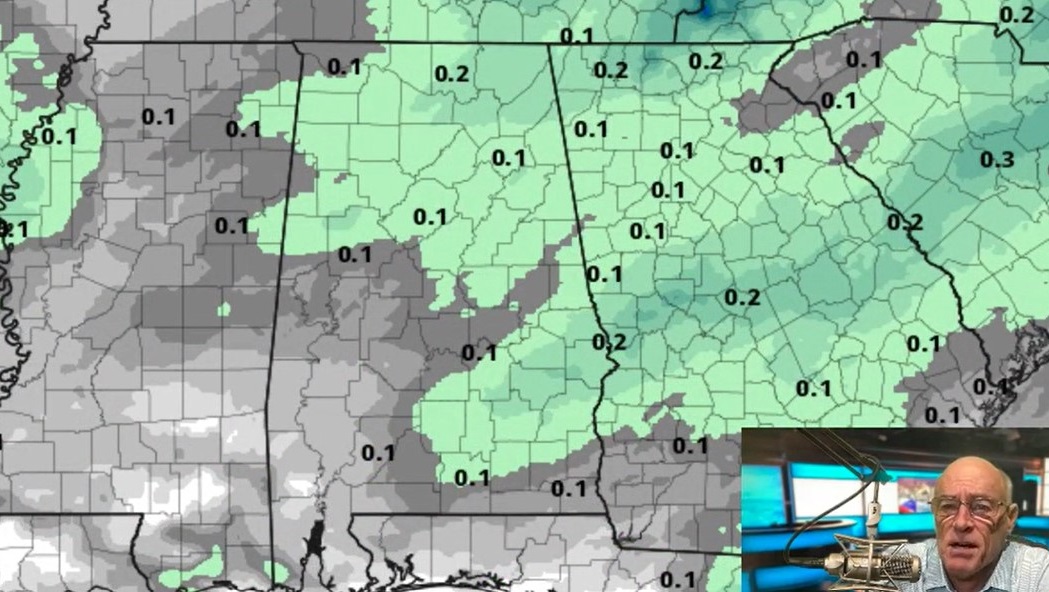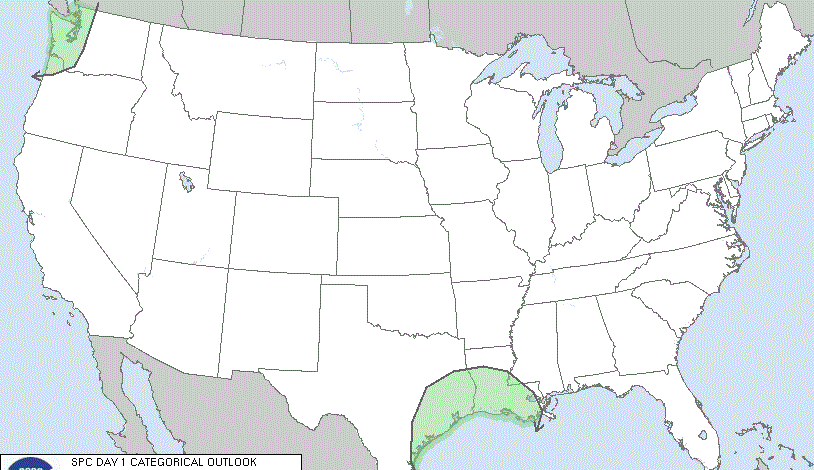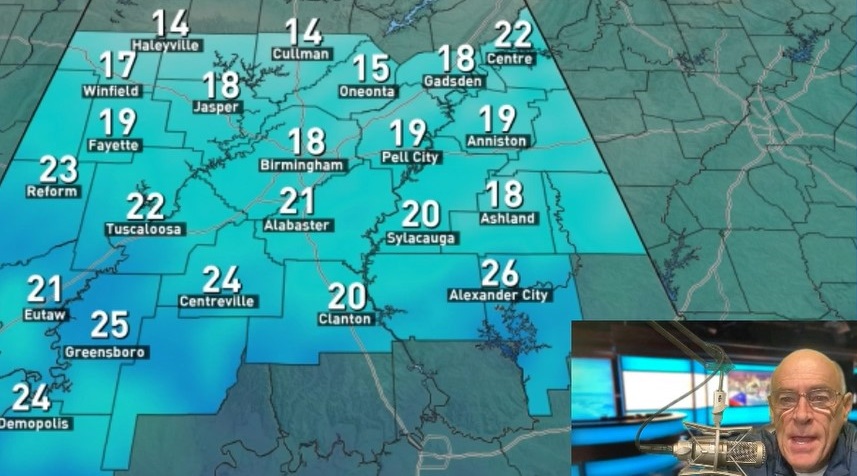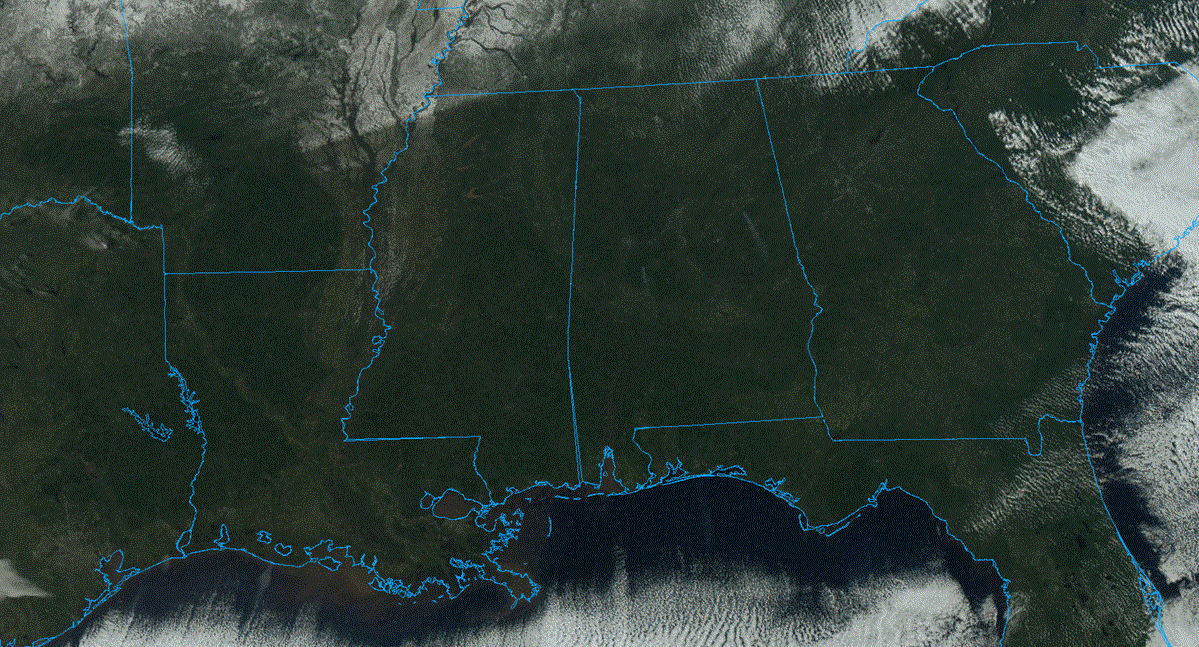Severe Weather Awareness Week: Tornadoes

A Tornado Watch should put you on alert so you can act quickly if a Tornado Warning is issued or if you hear or see a tornado coming. (file)
Living in Alabama, you really need no introduction to tornadoes. A tornado is a violently rotating column of air usually descending from thunderstorms that makes contact with the ground.
Wind speeds with a tornado can be as weak as 65 mph but can reach upward of 200 mph. The fastest wind speed ever recorded in a tornado was 318 mph, one that hit Moore, Oklahoma, in 1999. Even though tornadoes can develop during any time of the year in Alabama, we have two peak seasons: the spring months of March through May, and the fall months of November through mid-December.
Tornadoes come in all shapes and sizes, but most of the time in Alabama, they are hard to see because they are rain-wrapped or hidden by the terrain. This makes them very dangerous. Your safety depends on being constantly aware during severe weather events.
Understanding Tornado Alerts
What is the difference between a Tornado Watch and a Tornado Warning issued by the National Weather Service?
- A Tornado Watch means that tornadoes are possible in and near the watch area. Be ready to act quickly if a warning is issued or if you believe a tornado is approaching.
- A Tornado Warning means a tornado has been sighted or indicated by radar. Take action! There is imminent danger to life and property.
What to do during a tornado
Be prepared! Acting quickly is key to minimizing impacts and staying safe.
- Stay weather aware: During a severe weather threat, pay close attention to your reliable sources of watches and warnings and be ready to act in case a warning is issued.
- In your home: If a tornado warning is issued for your location, go to your basement, safe room or an interior room on the lowest floor, away from windows. Get under something sturdy. Put on a helmet if possible.
- At work or school: Proceed to the designated shelter area. Stay away from windows and do not go to large open rooms such as auditoriums, cafeterias or gymnasiums.
- Outdoors: Seek shelter inside a sturdy building immediately. Sheds and storage facilities are not safe.
- In a vehicle: You are not safe at all inside a vehicle during a tornado. Drive to a substantial structure and go inside. If one is not available, stay in the car, buckle up and get down or seek shelter in a low-lying area such as a ditch or ravine.
For more detailed information, review our severe weather safety tips.
It’s very important to have a personal severe weather safety plan for you and your family.

The danger doesn’t always end when a tornado has passed. Damaged areas can be extremely hazardous and should be approached with caution. (Phil Free/Alabama NewsCenter)
What to do after a tornado
- Stay informed: Continue to listen to local television or radio coverage or NOAA Weather Radio to stay updated about tornado watches and warnings. Multiple rounds of thunderstorms capable of producing tornadoes are possible during severe weather outbreaks.
- Contact family and loved ones: Let your family and close friends know that you’re OK so they can help spread the word. Text messages or social media are more reliable forms of communication than phone calls.
- Assess the damage: After the threat for tornadoes has ended, check to see if your property has been damaged. When walking through storm damage, wear long pants, a long-sleeved shirt and sturdy shoes. Contact local authorities if you see power lines down. Stay out of damaged buildings. Be aware of insurance scammers if your property has been damaged.
- Help your neighbor: If you come across people who are injured and you are properly trained, provide first aid to victims if needed until emergency responders arrive.
Don’t disregard severe thunderstorm warnings because severe thunderstorms can produce tornadoes with little or no advance notice.
On Thursday, we take a look at lightning.
Read more about severe weather awareness here, about severe thunderstorms here and about flooding and flash flooding here.
For more weather news and information, visit AlabamaWx.
